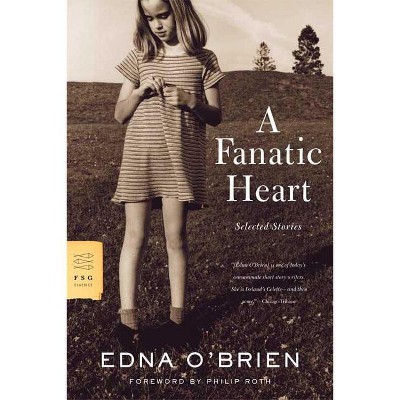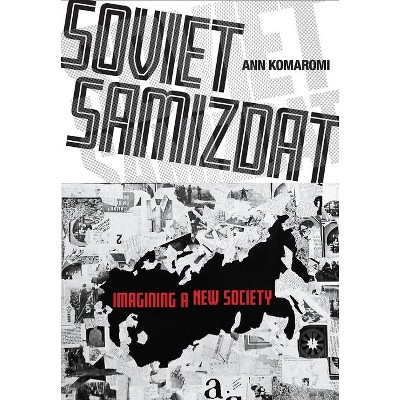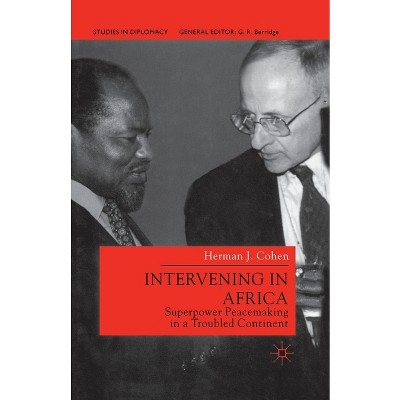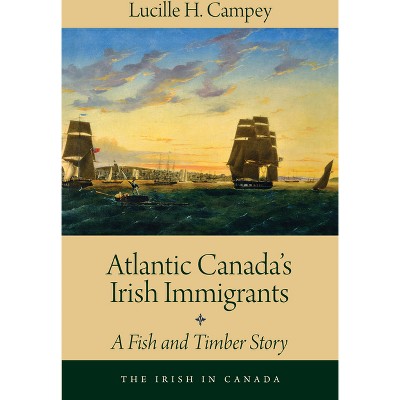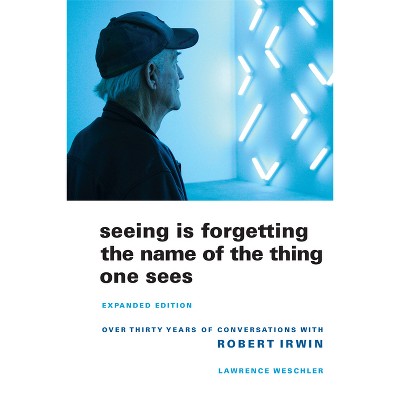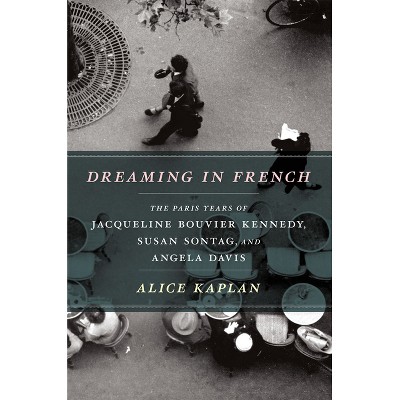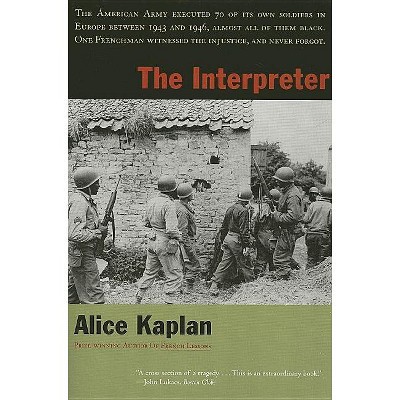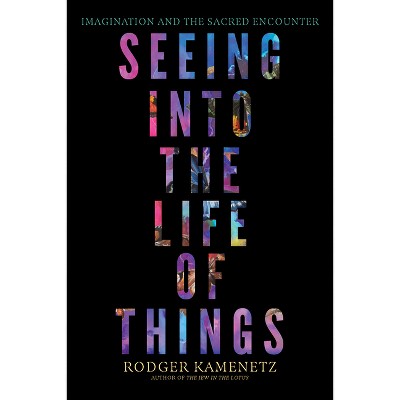Sponsored

Seeing Baya - by Alice Kaplan (Hardcover)
$16.89Save $9.11 (35% off)
In Stock
Eligible for registries and wish lists
Sponsored
About this item
Highlights
- The first biography of the Algerian artist Baya Mahieddine, celebrated in mid-twentieth-century Paris, her life shrouded in myth.
- About the Author: Alice Kaplan is the Sterling Professor of French at Yale University.
- 176 Pages
- Biography + Autobiography, Artists, Architects, Photographers
Description
About the Book
"On November 22, 1947, a fifteen-year-old prodigy from colonial Algeria named Baya exhibited her paintings and clay sculptures at the Parisian gallery of the art dealer Aimâe Maeght. Her opening attracted some of the most influential cultural figures of postwar Paris, including Albert Camus, Andrâe Breton, Henri Matisse, and Georges Braque. Alice Kaplan's biography begins on that November day, in that gallery, then moves from Baya's beginnings as a farmworker to her Parisian triumph, through her death in Algeria in 1998, by then a cultural icon of independent Algeria. Orphaned at age nine, Baya was working on a flower farm when she caught the eye of a French woman, Marguerite Caminat, whose interest in the girl changed her life. The relationship of support and affection between the indigenous Algerian artist and her French mentor was fraught with ambiguity. Baya worked as Caminat's maid but came to see herself as the woman's adoptive daughter; Caminat nurtured Baya's gift and saw the child as the artist she herself once aspired to be. The French press of 1947 celebrated the young artist with all the predictable clichâes: the orphan rescued by the white fairy godmother, the wild child civilized, the ignorant genius on display. In Seeing Baya: Portrait of an Algerian Artist in Paris, Kaplan considers the differences that Baya makes to the stories we have told about modern art and postwar culture in France. She unravels the human sentiments at play in this history, from the noble to the venal to the obscure, and probes the motivations of the characters surrounding Baya, scrutinizing them from different angles as they respond to the singular itinerary of the young artist. Seeing Baya reveals a fascinating and significant life, one of survival, resistance, and irrepressible talent"--Book Synopsis
The first biography of the Algerian artist Baya Mahieddine, celebrated in mid-twentieth-century Paris, her life shrouded in myth. On a flower farm in colonial Algeria, a servant and field worker known as Baya escaped the drudgery of her labor by coloring the skirts in fashion magazines. Three years later, in November 1947, her paintings and fanciful clay beasts were featured in a solo show in Paris. She wasn't yet sixteen years old. In this first biography of Baya, Alice Kaplan tells the story of a young woman seemingly trapped in subsistence who becomes a sensation in the French capital, then mysteriously fades from the history of modern art--only to reemerge after independence as an icon of Algerian artistic heritage. The toast of Paris for the 1947 season, Baya inspired colonialist fantasies about her "primitive" genius as well as genuine appreciation. She was featured in newspapers, on the radio, and in a newsreel; her art was praised by Breton and Camus, Marchand and Braque. At the dawn of Algerian liberation, her appearance in Paris was used to stage the illusion of French-Algerian friendship, while horrific French massacres in Algeria were still fresh in memory. Kaplan uncovers the central figures in Baya's life and the role they played in her artistic career. Among the most poignant was Marguerite Caminat-McEwen-Benhoura, who took Baya from her sister's farm to Algiers, where Baya worked as Marguerite's maid and was given paint and brushes. A complex and endearing character, Marguerite--and her Pygmalion ambitions--was decisive in shaping Baya's destiny. Kaplan also looks closely at Baya's earliest paintings with an eye to their themes, their palette and design, and their enduring influence. In vivid prose that brings Baya's story into the present, Kaplan's book, the fruit of scrupulous research in Algiers, Blida, Paris, and Provence, allows us to see in a whole new light the beloved artist who signed her paintings simply "Baya."Review Quotes
"Seeing Baya is a compelling study of this under-recognized artist's singular beginnings. Hopefully it inspires more scholarship on the artist and more fans of her work."--Lauren Moya Ford "Glasstire"
"Kaplan -- a diligent researcher with an exceptional gift for storytelling -- does not shirk from the challenging task of untangling the myriad and complicated threads of the story. The book covers the whole arc of Baya's life, from her early years as a poor and mistreated orphan to her life as a comfortably situated wife and the mother of six children, who eventually returned to her painting and ultimately became known as one of Algeria's most beloved artists. . . . Seeing Baya is a fascinating story, and it is surpassingly well told in this book."-- "Bonjour Paris"
"The Algerian artist Baya found fame at just 16, when her colourful paintings and clay models caught the eye of a French dealer, who invited her to exhibit in Paris in 1947. The first biography of this enigmatic figure tells her story in evocative prose."-- "Apollo"
"Self-taught Algerian artist Baya Mahieddine has been getting more attention than ever, and her personal story is part of the reason we can't get enough of her. While her art is vibrant and eludes easy characterization, her story is the stuff of legend in our biography-obsessed age. . . . If you think this is enticing, then you'll love this volume that tells her story, which intersects with what feels like every sphere of French intellectual life in the 20th century."-- "Hyperallergic"
"In the story of Baya Mahieddine, Alice Kaplan sees into the difficulty of vision across cultures and across time. How did Baya, celebrated as a child genius in Paris in 1947, see the French people who took her up? How did they see her? Kaplan reads into Baya's gloriously colorful art a record of intimate life as well as the fury and complexity of the Algerian War for Independence. A delicate and intensely moving tale, and a tribute to a powerful artist."
--Rosanna Warren, author of Max Jacob: A Life in Art and Letters
"In this riveting account of the teenage Algerian girl who took the postwar Paris art world by storm, Alice Kaplan illuminates the complex tangle of characters and motivations that created a phenomenon. Richly insightful, powerfully relevant, Kaplan's Seeing Baya unsettles and exhilarates in equal measure."
--Claire Messud, author of This Strange Eventful History
"Alice Kaplan has brilliantly understood Baya, Algeria's mid-twentieth century child-genius painter. An ordinary art history would be insufficient, because Baya is not just about the powerfully designed paintings she made, but also about the many stories that have been told around her, some of them colonialist, sexist, or condescendingly adult. Kaplan weaves these existing accounts into one tale with consummate empathy and skill. She constantly acknowledges the biases of her sources, yet in so doing manages to create one narrative which is truer than any of its parts. Behind Kaplan's fluid, concise, engrossing, perfectly paced biography hover the most subtle, sophisticated academic theories about colonial history, racialized identities, and gender. This is critical fabulation at its literary best: a reconstruction of the past which counteracts history's erasures with both archival accuracy and personal imagination. The beauty of Kaplan's prose is itself the highest possible tribute to Baya's art."
--Anne Higonnet, author of Liberty Equality Fashion: The Women Who Styled the French Revolution
"The myth of Baya Mahieddine, an Algerian maid-turned-artist who burst on the Paris scene at the age of 15, attracting the admiration of everyone from André Breton to Pablo Picasso, is so compelling that it has overshadowed the life of the artist herself. Thanks to Alice Kaplan, one of our most perceptive chroniclers of French culture, we can now see the woman behind the myth, precisely because Kaplan respects the multiplicity--and the mysteries--of her elusive subject, whose paintings have been variously praised as a modernist and 'primitive, ' surrealist and traditionalist. Seeing Baya is a study not only of her radiant art, but of the twilight of Algérie française, written with the qualities we've come to expect from Kaplan: sophistication, delicacy, and a deeply affecting humanism."
--Adam Shatz, author of "The Rebel's Clinic: The Revolutionary Lives of Frantz Fanon"
"At the Maeght gallery in Paris, on the twenty-first of November, 1947, a fifteen-year-old child prodigy named Baya revealed her astonishing mastery of an intensely colored and patterned artistic universe. Generations of Algerians, myself included, have felt close to Baya's work, yet we have never really understood the courage and talent of a painter and sculptor whose beginnings were so dazzling. In a captivating quest, meticulous, tender, and careful to preserve Baya's intimate secrets, Alice Kaplan guides us in the discovery of the beginnings of a very great artist."
--Hajar Bali, playwright and novelist
"Part biography, part microhistory, and part reverie, Alice Kaplan's Seeing Baya reveals a whole world in the story of one forgotten woman. By turning the lens on Baya Mahieddine, a talented Algerian painter of humble origins who made her way into the salons of Paris and the pages of Vogue magazine, Kaplan shows that 'seeing Baya' is seeing the true power of art--its pleasure and its promise. Against the backdrop of France's brutal colonial assault on Algeria, Kaplan recreates in painstaking detail the life and times of an artist finding her own voice, and her own life, despite the odds. An accomplished historian, Kaplan brings to this book her signature rigorous research and beautiful pen. The result, much like Baya's canvases, is an utter delight."
--James McAuley, author of The House of Fragile Things
About the Author
Alice Kaplan is the Sterling Professor of French at Yale University. She is coauthor of States of Plague, with Laura Marris, and author of French Lessons, The Collaborator, Looking for "The Stranger," and Dreaming in French, all also published by the University of Chicago Press. She has been a finalist for both the National Book Critics Circle Award and the National Book Award. She lives in Guilford, Connecticut.Dimensions (Overall): 9.1 Inches (H) x 6.1 Inches (W) x .9 Inches (D)
Weight: 1.41 Pounds
Suggested Age: 22 Years and Up
Number of Pages: 176
Genre: Biography + Autobiography
Sub-Genre: Artists, Architects, Photographers
Publisher: University of Chicago Press
Format: Hardcover
Author: Alice Kaplan
Language: English
Street Date: October 15, 2024
TCIN: 1006101104
UPC: 9780226835082
Item Number (DPCI): 247-50-1330
Origin: Made in the USA or Imported
If the item details aren’t accurate or complete, we want to know about it.
Shipping details
Estimated ship dimensions: 0.9 inches length x 6.1 inches width x 9.1 inches height
Estimated ship weight: 1.41 pounds
We regret that this item cannot be shipped to PO Boxes.
This item cannot be shipped to the following locations: American Samoa (see also separate entry under AS), Guam (see also separate entry under GU), Northern Mariana Islands, Puerto Rico (see also separate entry under PR), United States Minor Outlying Islands, Virgin Islands, U.S., APO/FPO
Return details
This item can be returned to any Target store or Target.com.
This item must be returned within 90 days of the date it was purchased in store, shipped, delivered by a Shipt shopper, or made ready for pickup.
See the return policy for complete information.
Frequently bought together
Trending Non-Fiction


$18.28
was $19.58 New lower price
4.7 out of 5 stars with 17 ratings

